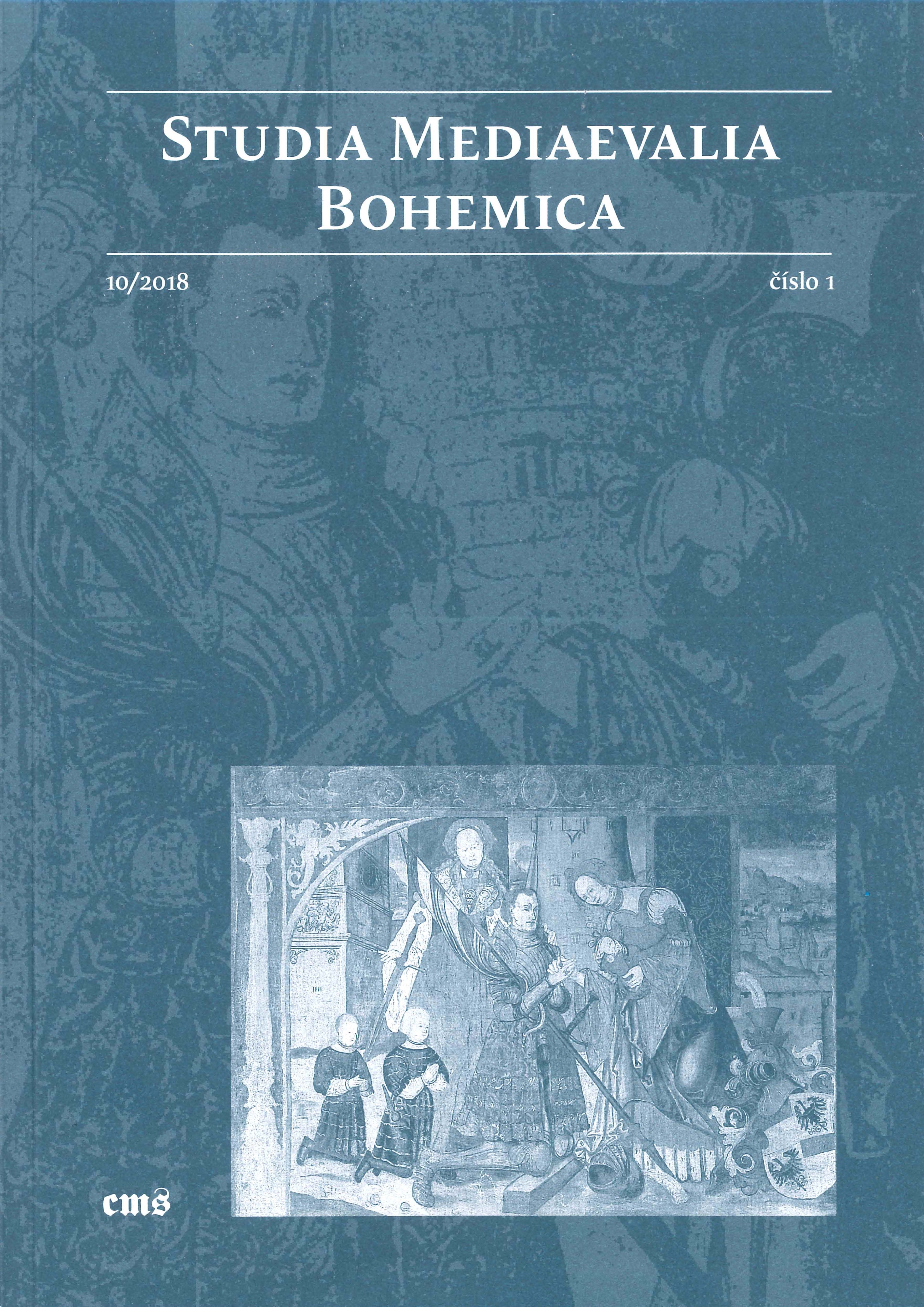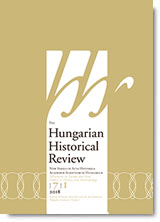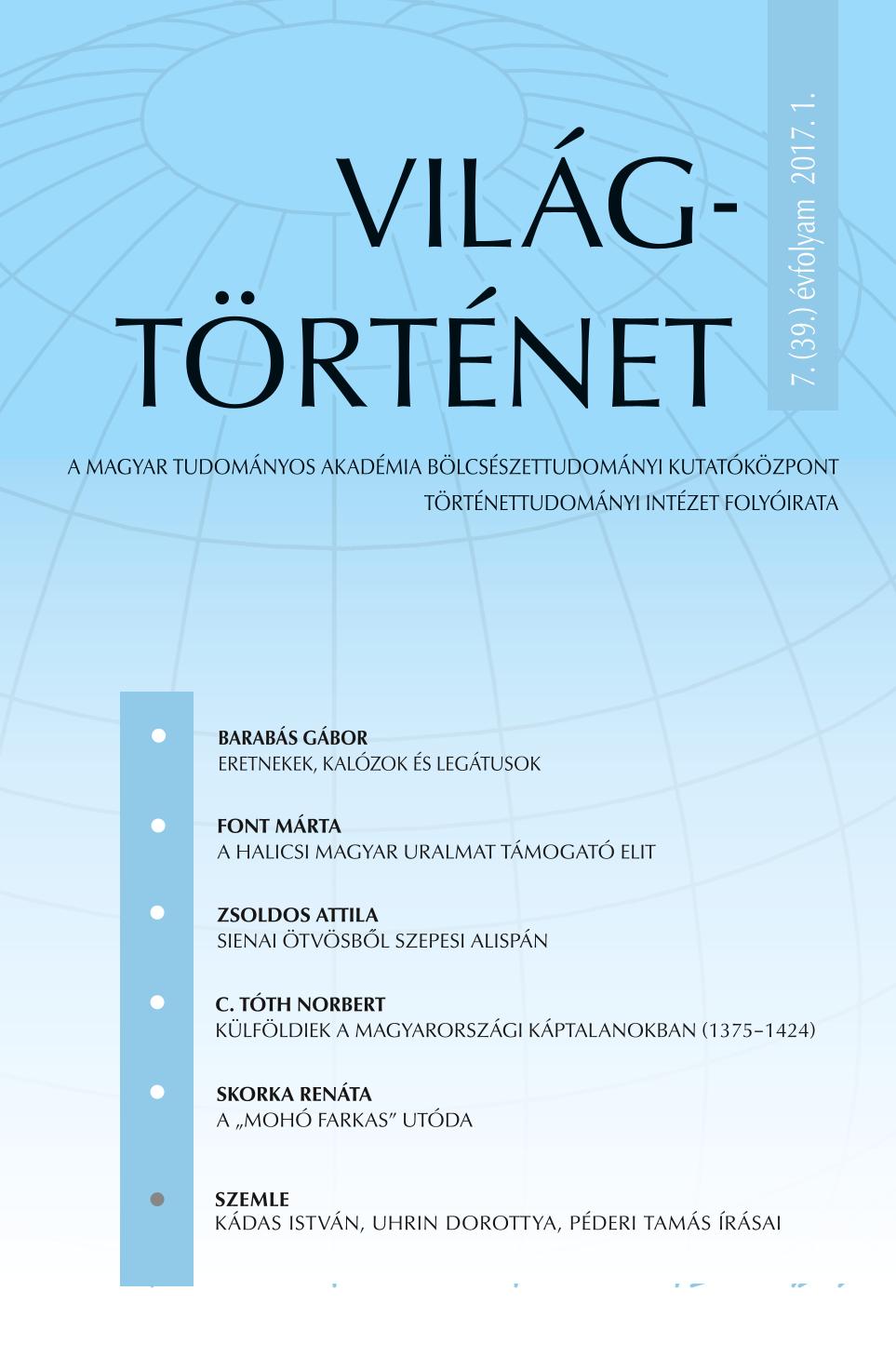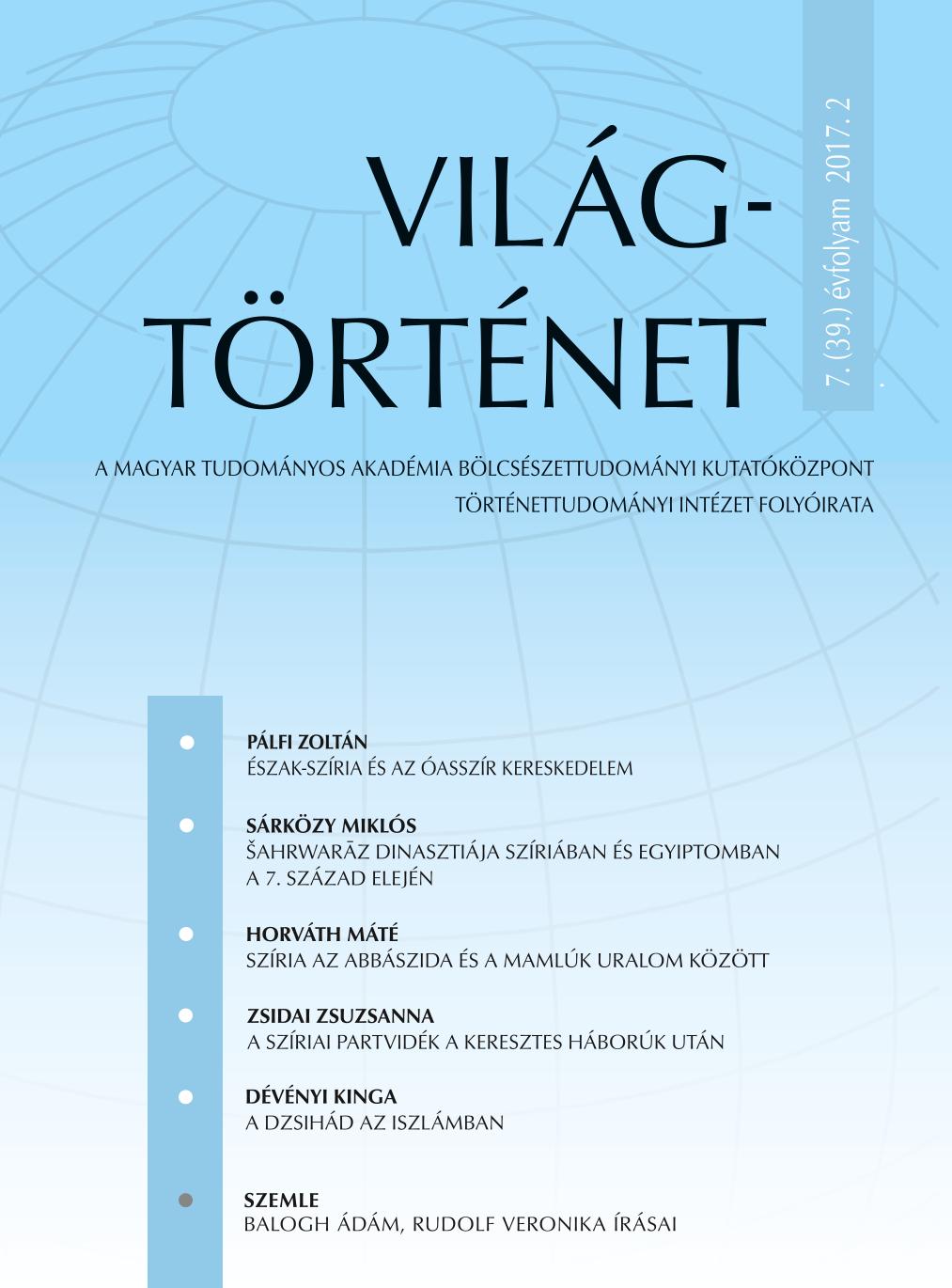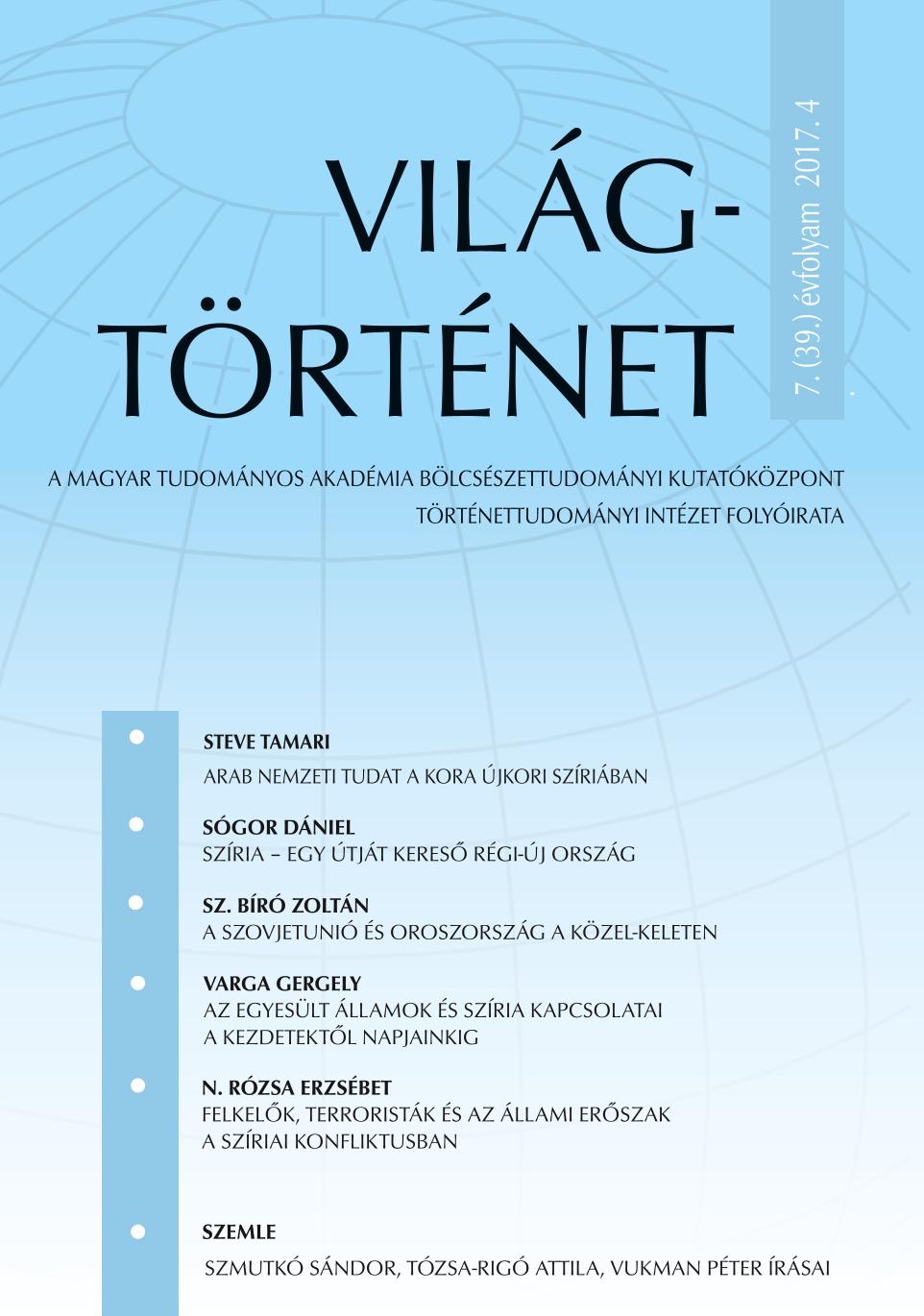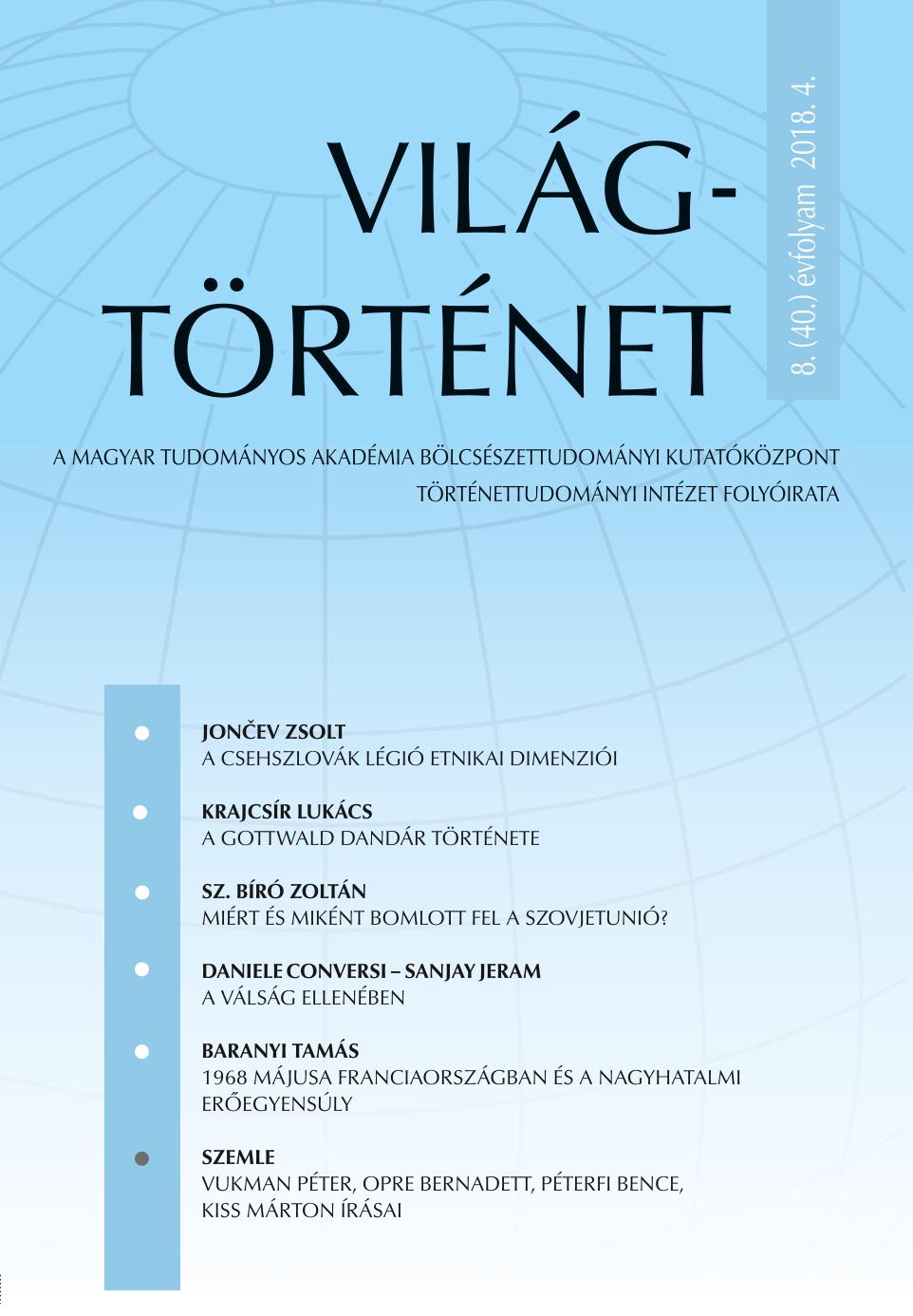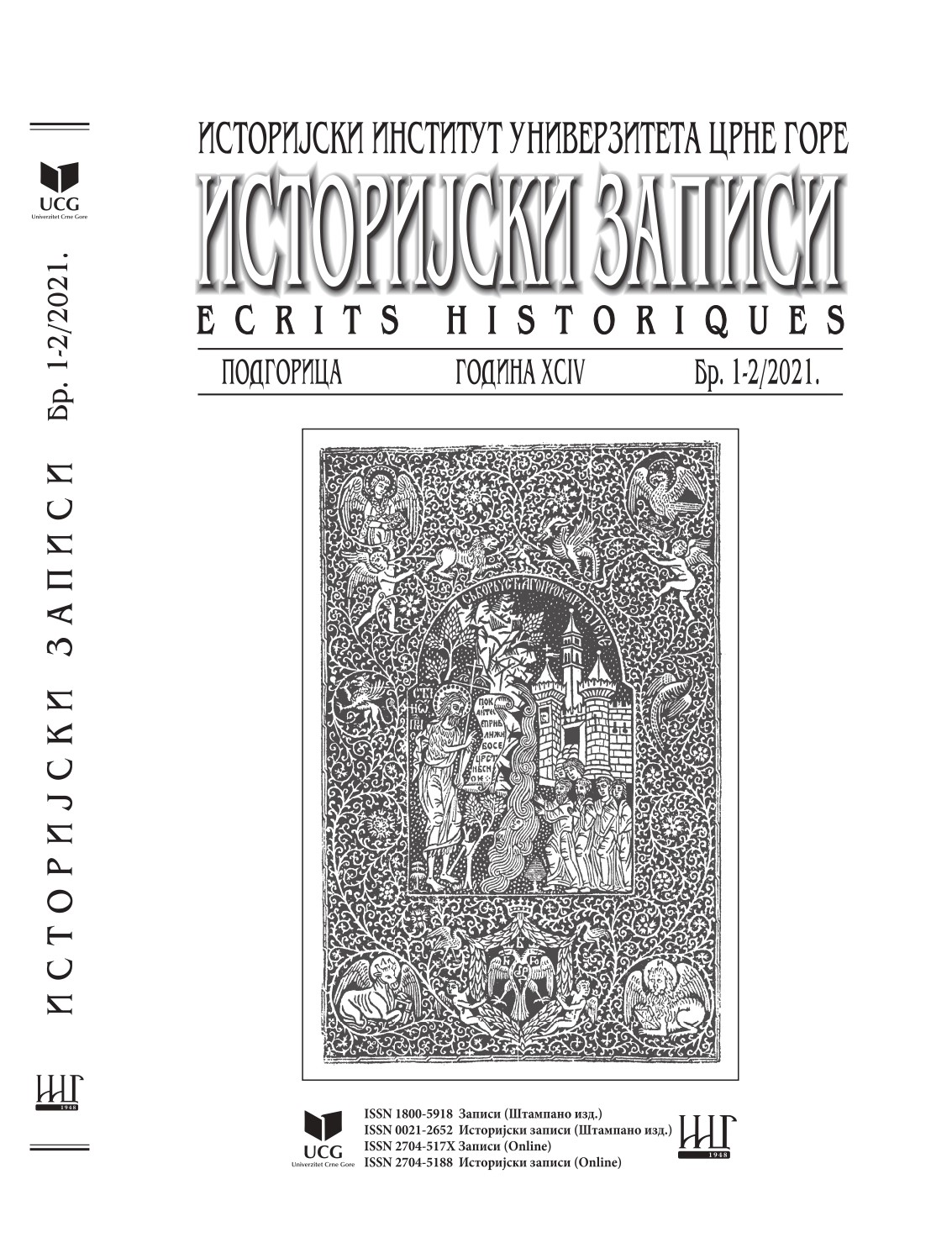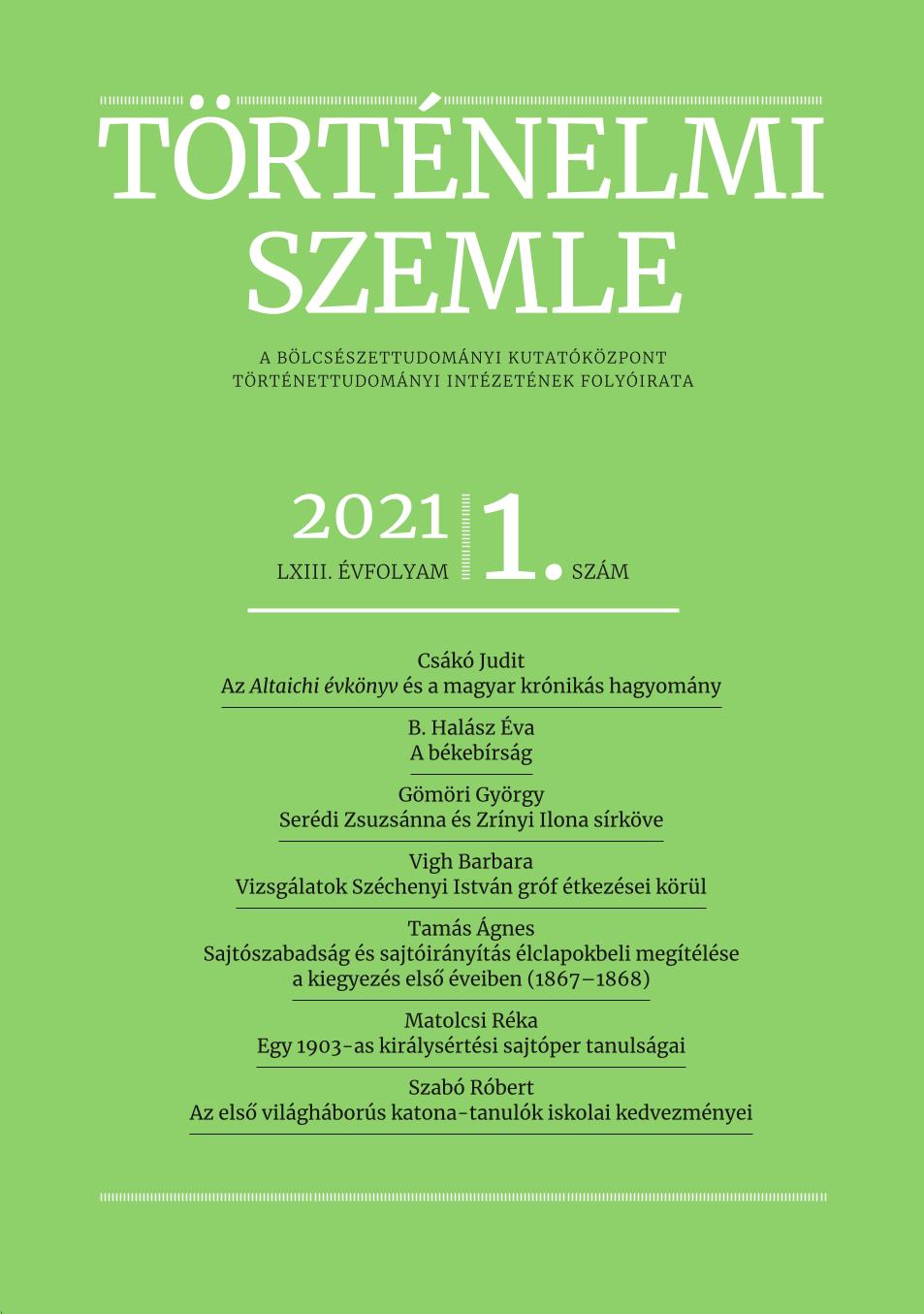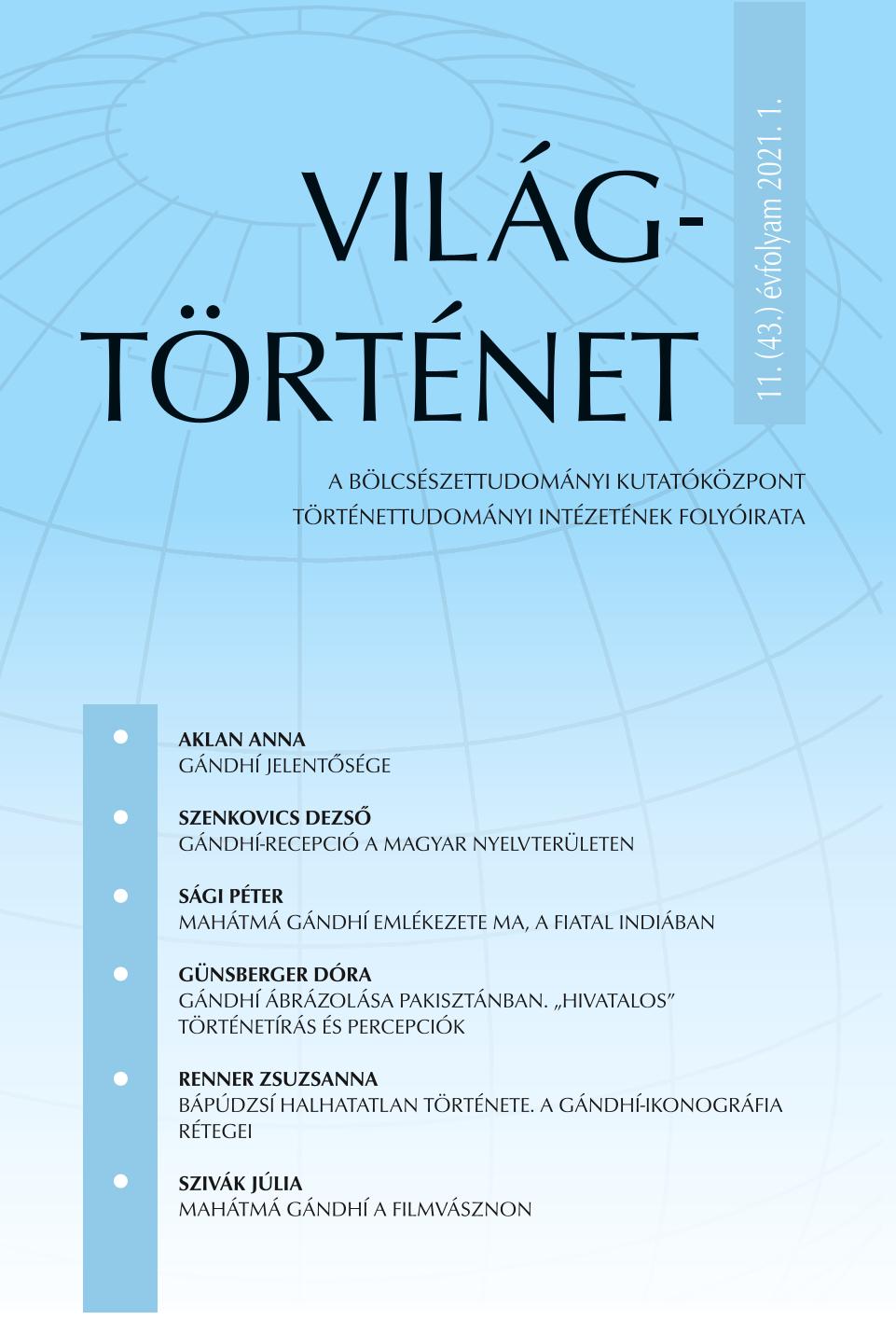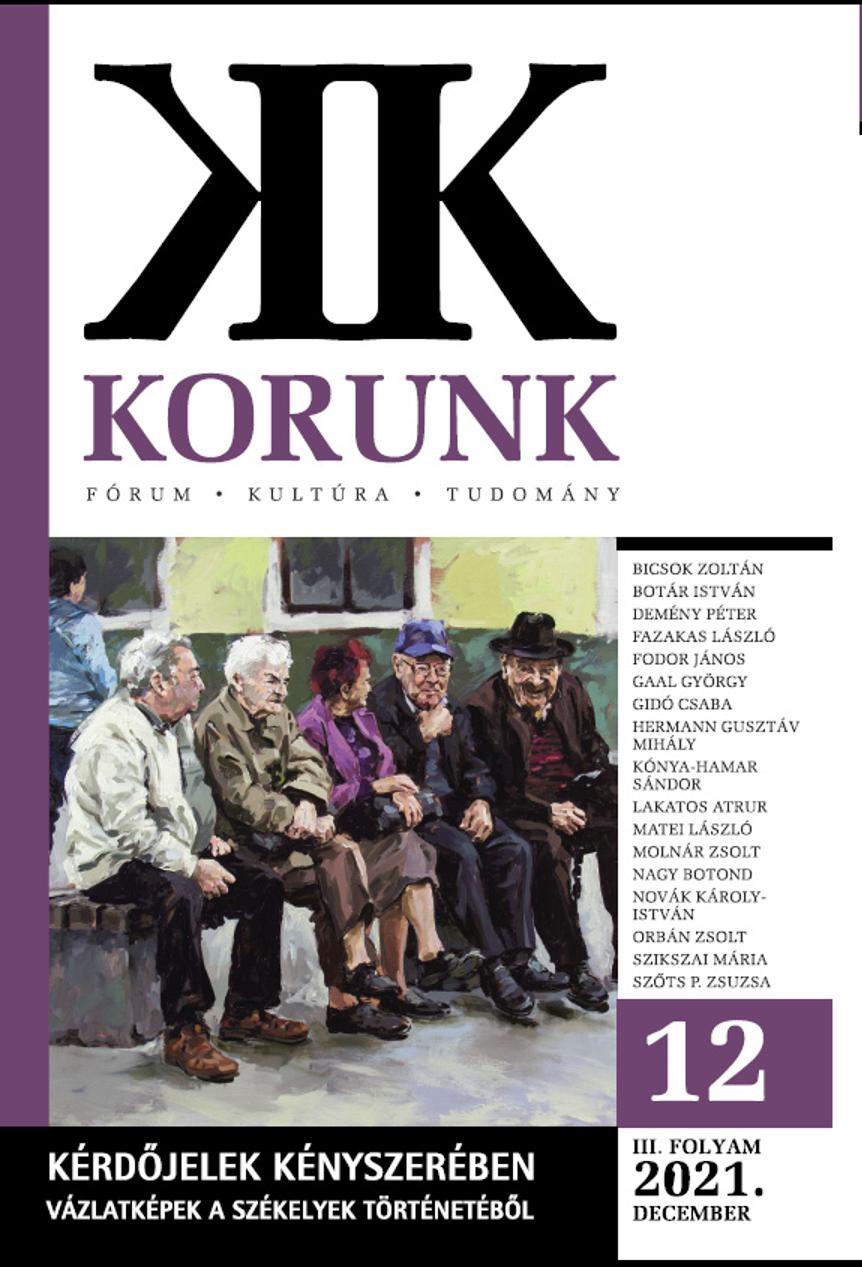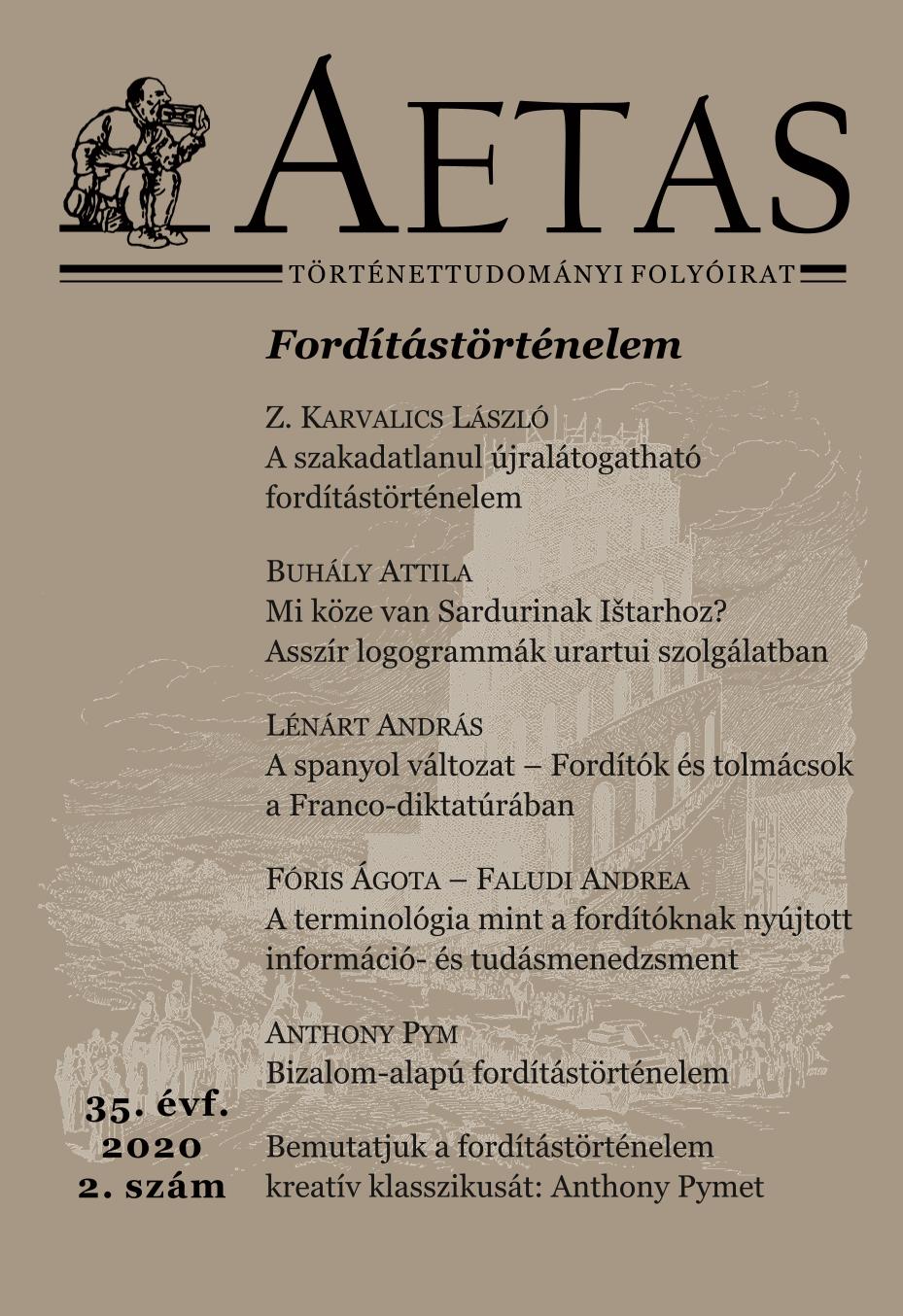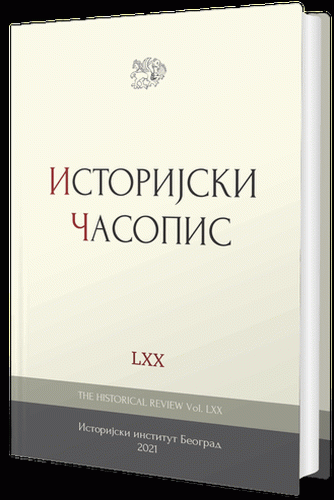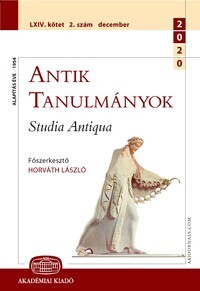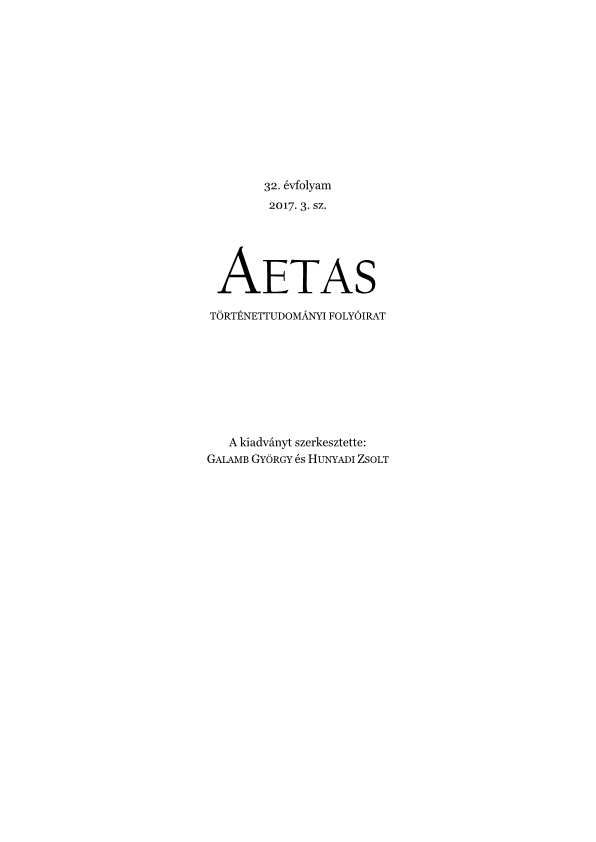
Kálmán szlavón herceg és IX. Gergely pápa (Magyar királyi herceg az Apostoli Szentszék szolgálatában?
This study discusses the – markedly amicable – relationship between Prince Coloman, the son of King Andrew II (1205–1235), and Pope Gregory IX (1227–1241). The relationship between the Duke of Slavonia and the Head of the Church was fairly expansive, as shown by several issues besides the matters of Coloman and the Hungarian church, like the fight against the Bosnian heretics, the papal mandate given to the duke in the matter of two widowed Polish princesses, the vow to uphold the Treaty of Bereg, the legal disputes with the Slavonian province of the Knights Templar, and the planned unification of the churches of Spalato and Zagreb.
More...
